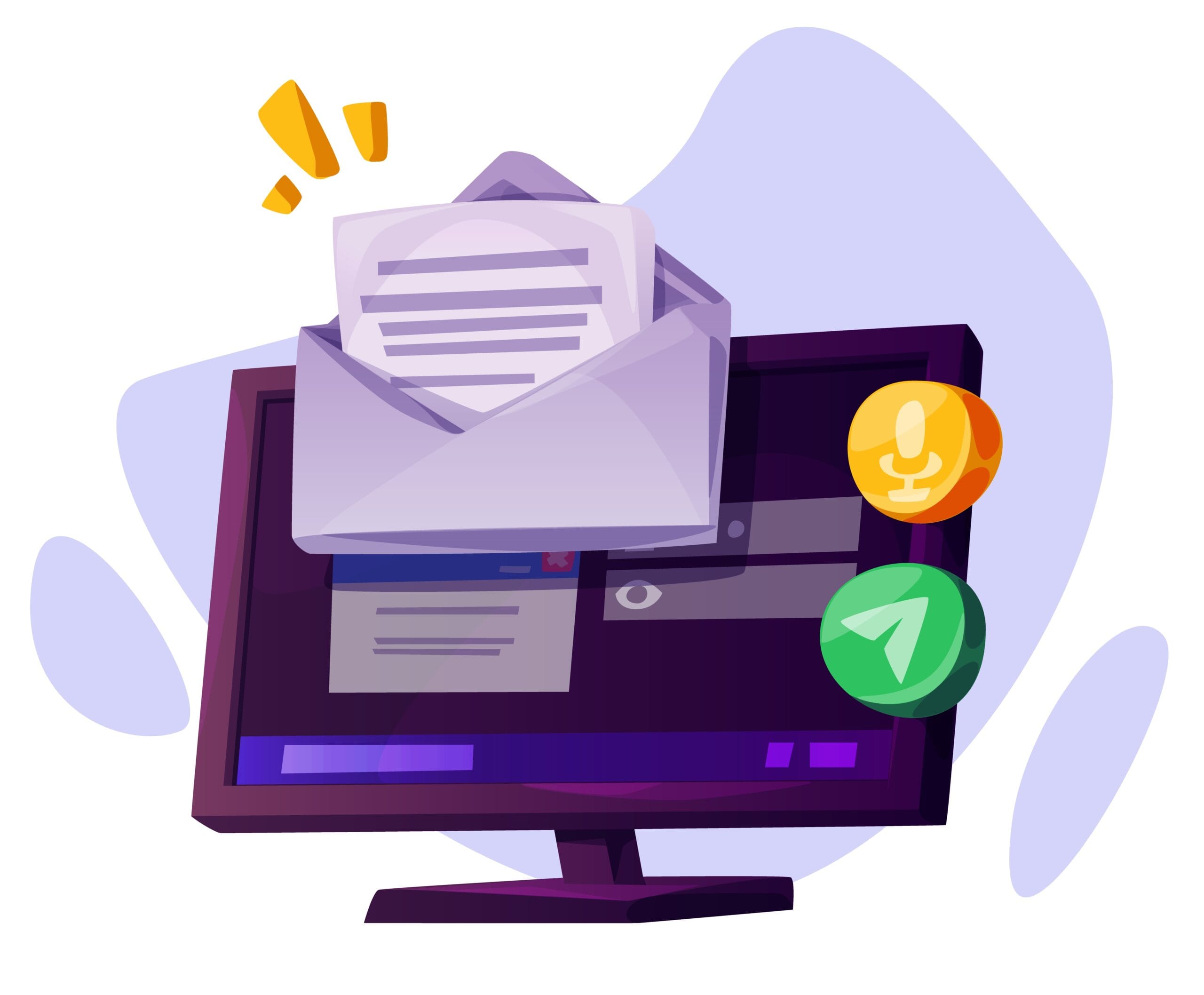Navigating the world of email communications can be risky, especially for lead-generation agencies. Risky or catch-all email addresses can jeopardize your campaigns, compromising both your security and your reputation. This guide will delve into how to identify and handle risky or catch-all email addresses effectively, ensuring your communications remain secure and efficient.

What Exactly Makes an Email Address “Risky”?
Risky or catch-all email addresses are those that can potentially compromise the security of your email campaigns and your business. These addresses might be used for fraudulent activities, spamming, or phishing. Recognizing the characteristics of such addresses can help you mitigate these risks.
Suspicious Email Addresses
Suspicious email addresses often contain random strings of characters, unusual combinations of letters and numbers, or names that don’t match the domain. For instance, an address like “a2b3c4d5e6f7g8@example.com” is highly likely to be generated for malicious purposes.
Questionable Email Domains
The domain part of an email address can also indicate risk. Domains that are misspelled versions of popular domains (e.g., “goggle.com” instead of “google.com”) or those associated with free email services (like “@freemail.com”) are often used in spam or phishing attacks.
Spam Email Detection
Detecting spam emails is crucial in identifying risky email or catch-all addresses. Spam detection involves looking for patterns such as high volume sending, generic content, or the use of multiple similar email addresses. Tools like Scrubby can assist in validating these addresses and filtering out potential threats.
Identifying Risky or Catch-all Emails
To identify risky or catch-all emails, you need to look at both the address and the content. Pay attention to the tone, urgency, and requests made in the email. Suspicious emails often contain urgent requests for personal information or financial details.
5 Red Flags to Watch Out for in Email Addresses
Spotting risky email or catch-all addresses involves being aware of certain red flags. Here are five key indicators to watch out for:
1. Unusual Characters or Gibberish
Email addresses that contain random strings of letters, numbers, or special characters can be a sign of automated spam accounts. For example, “xy12345z@unknown.com” is likely a suspicious address.
2. Mismatched or Misspelled Domains
Domains that are slightly misspelled versions of well-known domains are often used in phishing attempts. Always double-check the domain for accuracy, such as ensuring “google.com” is not “goggle.com”.
3. Free or Disposable Email Providers
While not all free email services are risky, addresses from temporary email providers are often used for fraudulent purposes. Be cautious with domains like “@mailinator.com” or “@temp-mail.org”.
4. Suspicious Sender Names
If the sender’s name doesn’t match the email address or seems off, it’s a red flag. For example, an email from “John Doe” with the address “marketing@randomdomain.com” could be suspicious.
5. Unsolicited Emails
Emails that appear out of the blue, especially with urgent or too-good-to-be-true offers, are usually risky. Be wary of emails that request immediate action or provide unsolicited offers.
Best Practices for Handling Emails from Potentially Risky Addresses
When dealing with potentially risky or catch-all emails, it’s crucial to follow best practices to protect yourself and your organization.
How to Respond to Risky or Catch-all Emails
Responding to risky or catch-all emails requires caution. Avoid clicking on any links or downloading attachments until you confirm the email is safe. Use email validation tools like Scrubby to verify the legitimacy of the email address before responding.
Tips for Managing Risky or Catch-all Email
Implementing a few key strategies can help manage risky or catch-all emails effectively. Use strong spam filters, educate your team about recognizing phishing attempts, and regularly update your email security protocols.
Safe Ways to Handle Suspicious Emails
For suspicious emails, always verify the sender’s identity through other means, such as contacting them via a known phone number. Keep your email client updated with the latest security patches and use two-factor authentication where possible.
Email Security Protocols
Maintaining robust email security protocols is essential. This includes using email encryption, implementing strict access controls, and regularly reviewing and updating your security measures.
When to Completely Avoid Engaging with Risky or Catch-All Email Addresses
Sometimes, the best course of action is to avoid any engagement with a suspicious email address. Here are situations where you should exercise caution:
When Not to Reply to Sketchy Emails
Avoid replying to emails that demand immediate action, especially those requesting personal or financial information. Scammers often use urgency to bypass your rational judgment.
Ignoring Potentially Dangerous Emails
If an email seems off or makes unrealistic promises, it’s safer to ignore it. Emails from unknown senders with suspicious offers should be deleted or marked as spam.
Email Address Red Lines
Set clear boundaries for engagement. If an email crosses these red lines, such as asking for sensitive information or making aggressive demands, it’s best to avoid any interaction.
High-Risk Email Situations
High-risk email situations include emails from unknown senders, unsolicited job offers, and emails that contain dubious links or attachments. In these cases, refrain from clicking on links or providing any information.
Tools and Strategies to Automatically Detect and Filter Risky or Catch-All Emails
To manage and mitigate the risks associated with suspicious emails, consider employing the following tools and strategies:
Email Security Software
Investing in comprehensive email security software can help detect and filter out risky or catch-all emails. These tools offer features like spam and phishing detection, malware protection, and advanced threat analysis.
Risky or Catch-all Email Validation
Email validation is a proactive step that every business should take to optimize their email marketing efforts and achieve greater success in reaching their target audience. Use tools like Scrubby, which specialize in validating risky and catch-all email addresses. These services screen out dubious emails, ensuring your communications are secure and effective.
Email validation not only protects your brand from potential legal issues but also enhances your reputation as a trustworthy sender.
Spam Protection Methods
Implement robust spam filters and adjust their sensitivity to reduce the risk of receiving harmful emails. Regularly update your filters to keep up with evolving threats.

Wrap Up: Stay Safe by Mastering Risky or Catch-All Email Address Handling
Navigating risky or catch-all email addresses is a crucial skill for maintaining the integrity and security of your email communications. By recognizing the signs of a suspicious email, implementing best practices for handling these emails, and leveraging tools like Scrubby for validation, you can protect yourself from potential threats.
For lead-generation agencies, having a reliable email validation tool like Scrubby is essential to ensure the accuracy and deliverability of your emails. By combining Scrubby’s catch-all email validation with robust email tracking practices, you can optimize your outreach efforts and achieve greater success.
Ready to take your email game to the next level? Try Scrubby today and start mastering the art of handling risky or catch-all email addresses.